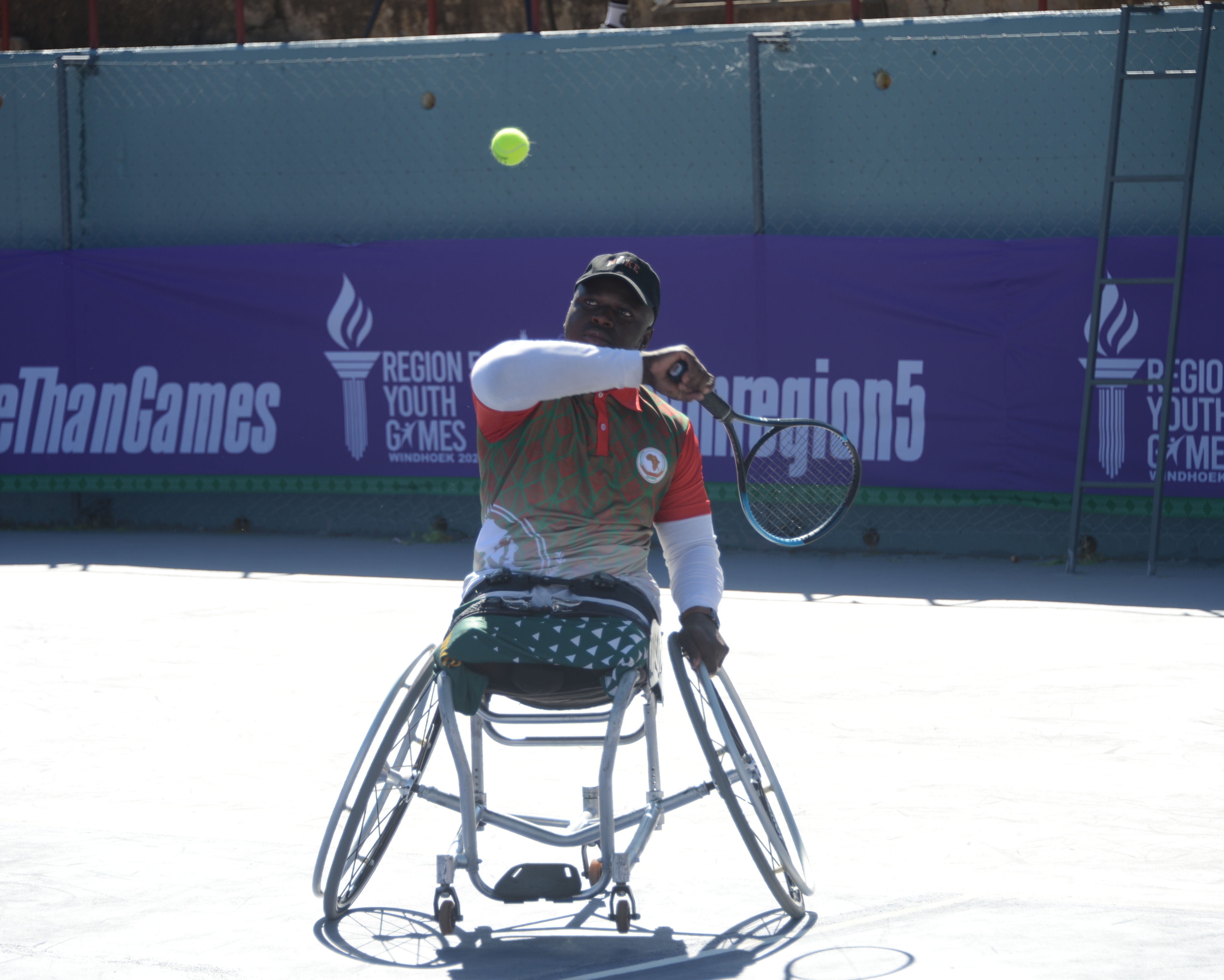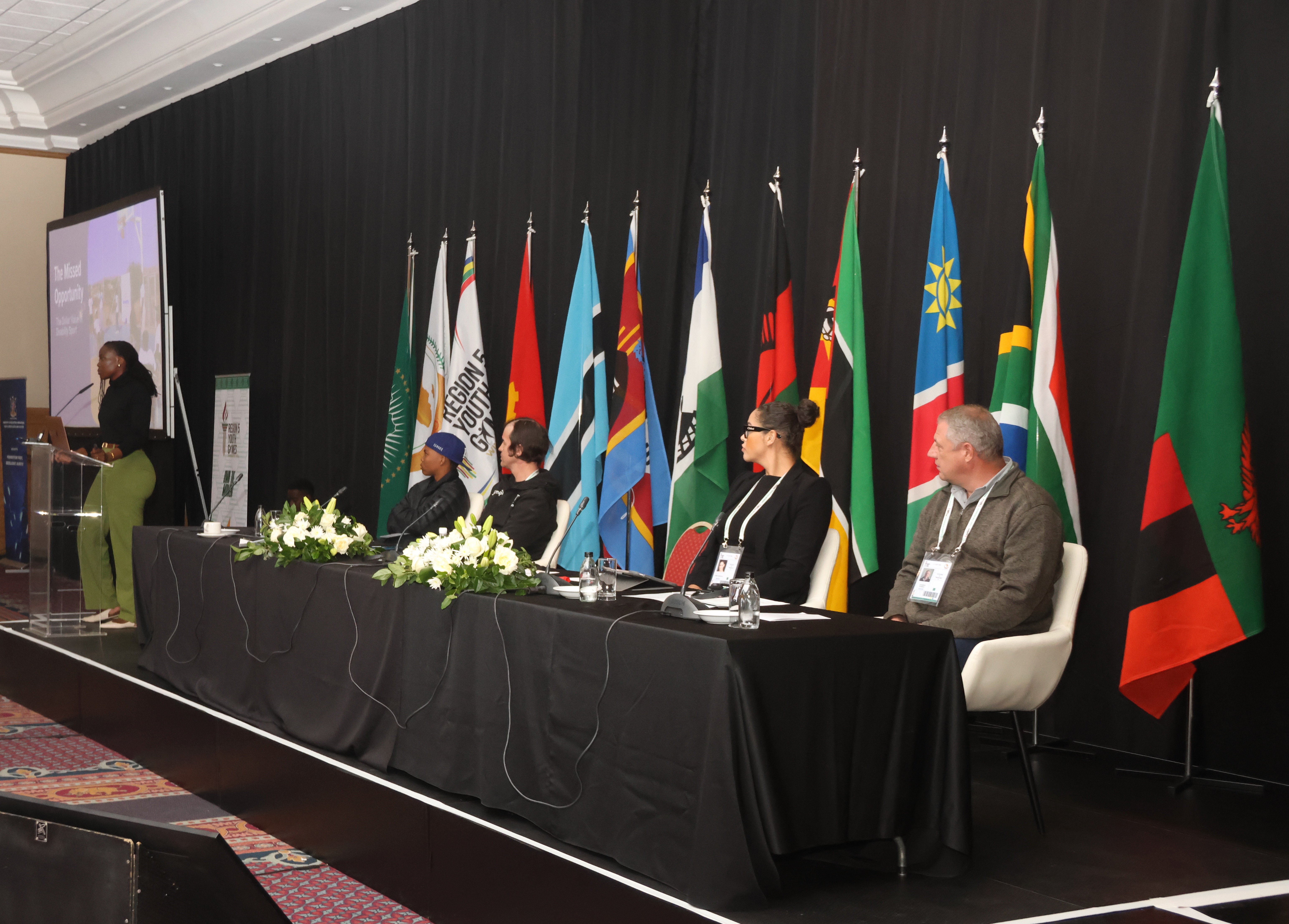More Than Games: Why Sport Must Matter in the Assistive Technology Agenda
From policy forums to playing fields, the Region 5 Youth Games exposed a persistent gap: if sport is left out of assistive technology systems—and AT left out of sport—then inclusion remains incomplete.
By Jennie Wong, Sheila Cleo Mogalo, Jessica Noske-Turner, and Naomi Thompson — Para Sport Against Stigma / AT2030
Participation Means Sport Too
Assistive technology (AT) is often framed in relation to education, employment, and mobility. But what about sport? Despite being a recognised human right under the UN Convention on the Rights of Persons with Disabilities (Article 30), access to sport and play remains under-prioritised in most AT agendas. When overlooked, this gap reinforces exclusion—especially in countries where access to assistive products is already limited.
In July 2025, the AUSC Region 5 (Southern African) Youth Games provided a rare opportunity to examine this intersection. For the first time, Para athletes with visual impairments and Special Olympics athletes with intellectual disabilities competed as part of the official athletics programme. Unified football, wheelchair basketball, and wheelchair tennis were showcased through dedicated activations. But inclusion on paper doesn’t equal access in practice.

Sport Needs Assistive Technology
The Games made it clear: without appropriate AT, participation in sport remains unequal.
Take wheelchair basketball. While 12 chairs might be enough for a demonstration match, building a functioning programme or league requires four times that number—plus access to maintenance, trained coaches, and accessible facilities. Likewise, running with a prosthesis requires a high-performance limb, not a general-use device. Most young athletes don’t have access to either.
These aren’t isolated issues. Imports are expensive, local manufacturing is limited, and procurement is rarely coordinated across ministries. Most athletes rely on donated or second-hand equipment—often unsuited to their needs.
At the Inter-Ministerial Forum, which ran alongside the Games, these gaps were acknowledged directly. Representatives from health, education, and sport ministries across Southern Africa attended. The session on AT and Sport highlighted four priorities:
- Expand access to sport-specific AT, particularly in schools and community programmes
- Improve training for coaches and PE teachers on inclusive practice
- Invest in accessible sport infrastructure—from schoolyards to regional facilities
- Develop regional supply chains and repair systems for AT used in sport
These recommendations were reflected in the Forum's final declaration. But delivery depends on sustained coordination.

AT Systems Overlook Sport
Most AT investment frameworks focus on clinical, educational, or workplace use cases. Sport is rarely factored into product design, procurement, or funding mechanisms. As a result, even when national AT lists exist, sport-related devices are often missing.
This has consequences. Without intentional inclusion, disability sport becomes something only the well-resourced or exceptionally fortunate can access. It also misses the opportunity for AT to drive wider social outcomes: increased mobility, confidence, inclusion, and social connection.
Jumping Kids, a South Africa-based prosthetics provider, was one of the few examples shared at the Forum that integrates physical activity into its model. Their approach combines prosthetic provision with school engagement and sport participation, allowing children to test and refine devices as they grow in real contexts. But models like this remain the exception.
Connecting Systems: AT, Sport and Inclusion
One of the key learnings from AT2030 Para Sport Against Stigma programme is that stigma is systemic. It lives not just in public attitudes, but in procurement systems, siloed budgets, and policy frameworks that treat disability sport as an afterthought.
In Namibia, the Region 5 Games and associated campaigns showed what’s possible when sectors come together. The Making Noise media campaign, co-created by Namibian media and marketing professionals, digital influencers, disability activists and athletes with disabilities, took a step forward towards inclusive sport. The Games themselves provided proof of concept: with the right support, inclusion can be embedded.
Still, these efforts are the beginning, not the solution. Real inclusion requires assistive technology to show up in sport systems—and sport and physical activity to show up in AT and health agendas.
Why It Matters
If assistive technology is truly about enabling participation, then it must support the spaces where participation happens—including play, recreation, and competition. The Region 5 Youth Games showed what can shift when AT and sport are aligned. This isn’t just about equipment; it’s about systems designed for real lives.
That’s why it’s more than games. It’s about building systems that make participation possible for everyone. Global efforts like the WHO and IPC’s “Equipped for Equity” campaign, launched around the Paris 2024 Paralympics, echo this call—highlighting how assistive technology underpins participation not just in sport, but in life. The challenge now is to connect these global narratives with national systems and everyday realities—especially in places where access to both sport and assistive technology remains limited.
Para Sport Against Stigma (PSAS) is part of AT2030, an initiative led by Global Disability Innovation Hub and funded by UK International Development. Learn more at AT2030.org
